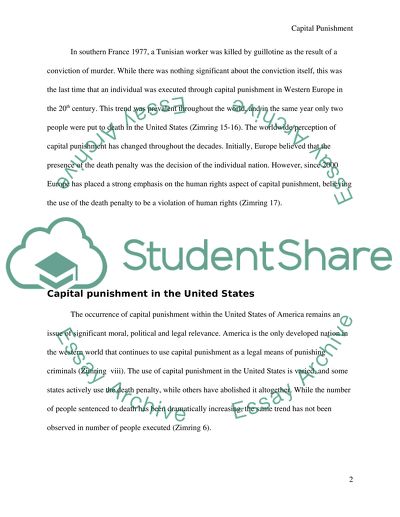Cite this document
(“Apital punishment Research Paper Example | Topics and Well Written Essays - 1250 words”, n.d.)
Retrieved de https://studentshare.org/english/1396537-apital-punishment
Retrieved de https://studentshare.org/english/1396537-apital-punishment
(Apital Punishment Research Paper Example | Topics and Well Written Essays - 1250 Words)
https://studentshare.org/english/1396537-apital-punishment.
https://studentshare.org/english/1396537-apital-punishment.
“Apital Punishment Research Paper Example | Topics and Well Written Essays - 1250 Words”, n.d. https://studentshare.org/english/1396537-apital-punishment.


